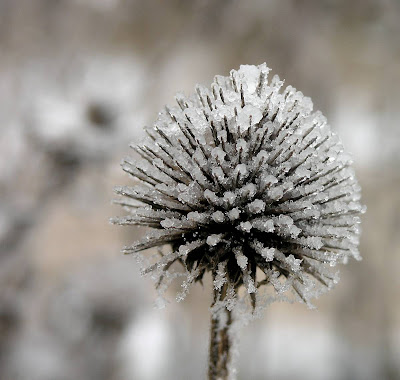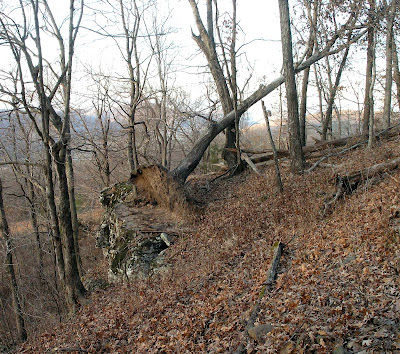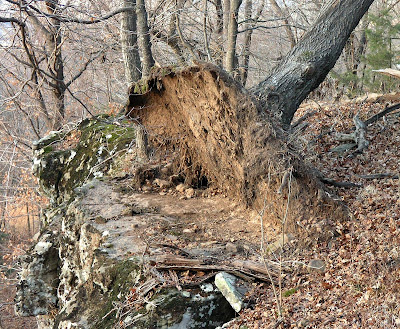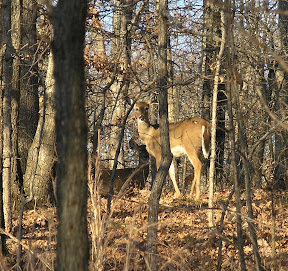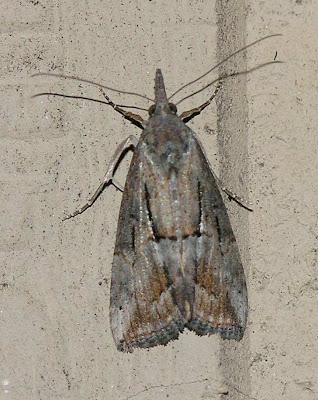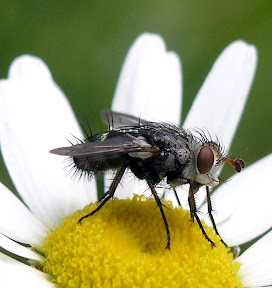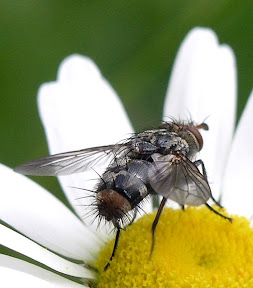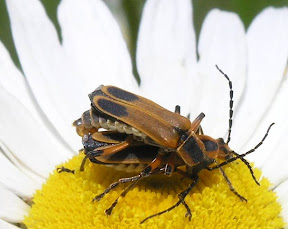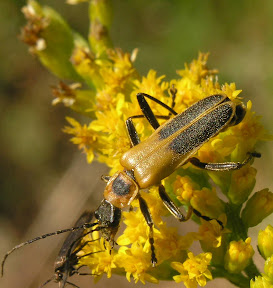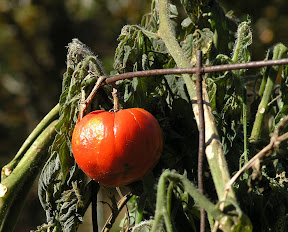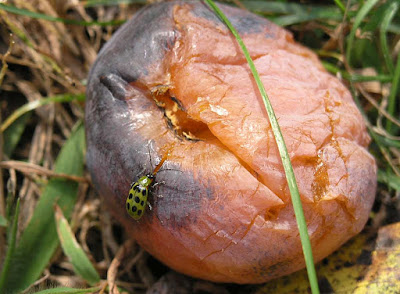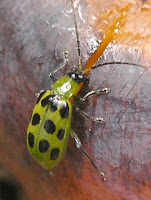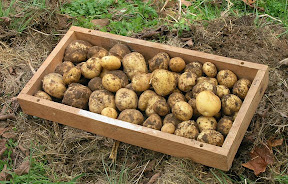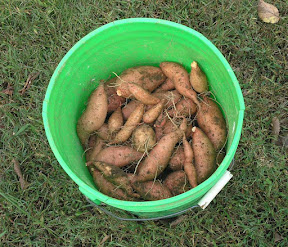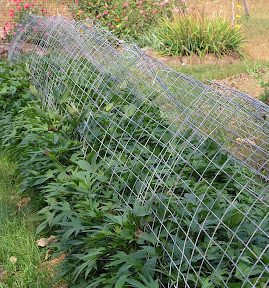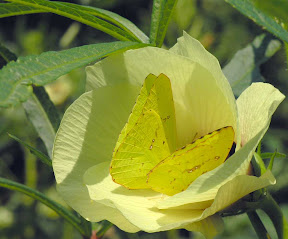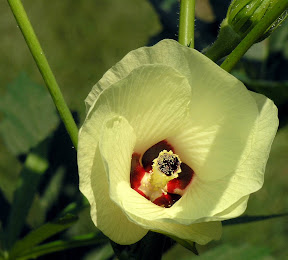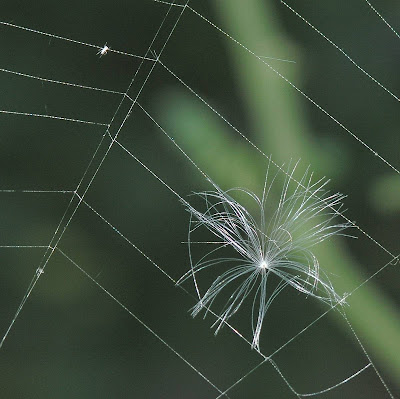For many years Jo and I have poked fun at our chronologically challenged Christmas Cactus. It always blooms around Thanksgiving and never near Christmas. We even developed a plausible-sounding (but totally wrong) theory that it's early blooming was trigger by bringing the plant indoors for the winter. Little did we know the plant was sneering back at us in contempt for our ignorance. It is a
Schlumbergera truncata (Thanksgiving Cactus) and not a
Schlumbergera x buckleyi (Christmas Cactus). It's supposed to bloom around Thanksgiving. Doh!
Many (most?) of the Christmas Cacti sold in North America are actually Thanksgiving Cacti. Growers/marketers shoulder most of the blame for this name confusion. Since the plant does not have spactular foliage, they need for it to be blooming to increase pre-Christmas sales. However, a true Christmas Cactus is unlikely to bloom reliably during the peak of the sales season. So they sell Thanksgiving Cacti, which are blooming, but call them Christmas Cacti. Sometimes both species are lumped together with Easter Cacti (a different genus) and called Holiday Cacti.
The quickest way to tell the difference between the two plants is by looking at the stems. Thanksgiving cacti have tooth-like notches and soft spines along the the edges of their stems. Christmas cacti have rounded notches on the margins.
Dalhousie University (Halifax, Nova Scotia) has drawings showing the differences between the two species, a discussion of the various hybrids and cultivars available and general care instructions. Their site is well worth your time if your interested in these epiphytes.
A general description of genus
Schlumbergera from
Wikipedia:
Schlumbergera is a genus of 6 known tree-dwelling cacti from Brazil. These are the tropical rainforest epiphytes, growing on tree branches where, despite the high rainfall, water drains off quickly so that "dry" conditions prevail much of the time. They are named after Frédéric Schlumberger, french, who was the owner of a famous plant collection.
This genus contains the popular
Schlumbergera truncata, also known as Thanksgiving Cactus, frequently mislabeled Christmas Cactus, which may flower in white, pink, red or purple. The Easter Cactus or Whitsun cactus (
Hatiora gaertneri) which produces vivid scarlet flowers belongs to
Hatiora genus.
The stems of
Schlumbergera resemble leaf like pads joined one to the other and the flowers appear from areoles at the tips. In addition, the plant is diurnal and will close up its flowers at night.
.

Thanksgiving Cactus (Schlumbergera truncata)


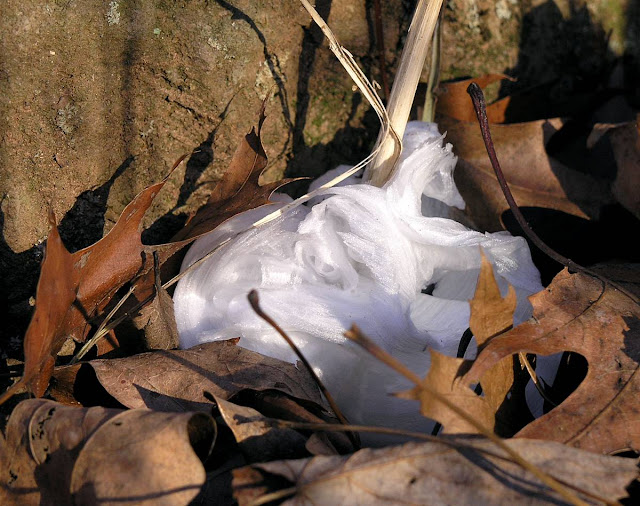

_01.jpg)


